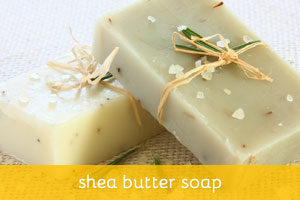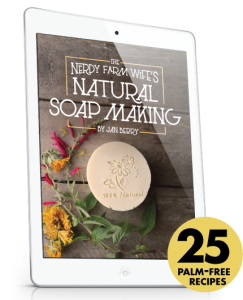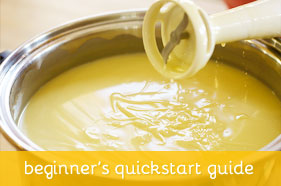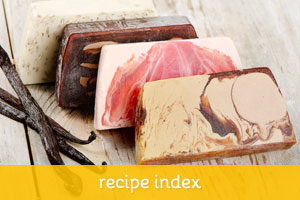Shea butter (also known as karite butter in other parts of the world) is a natural fat comes from the seed of the karite or African shea tree and takes a long time to mature, as much as fifty years! It is a complex fat, which when processed and applied to skin melts at body temperature and is absorbed rapidly.
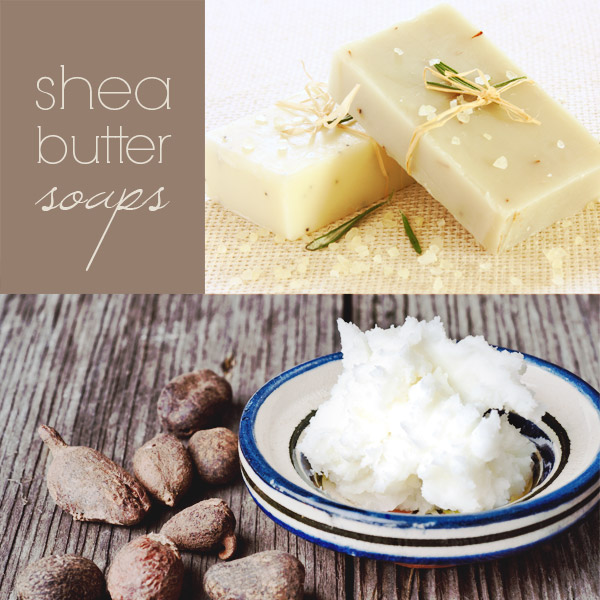
Benefits of Shea Butter on the Skin
This fatty substance derived from stearic acid and oleic acid has a multitude of healing properties for which it has long been venerated. For example, Africans have long used it for various skin complaints, from simple stretch marks to raging sores. It is also known to contain cinnamic acid, a substance that encourages skin healing and which also protects the skin from damage from the sun, as it is a very capable sun block (unrefined shea has a natural “spf” of 4).
African women utilize it during pregnancy to avoid those unsightly stretch marks and to facilitate the birthing process. Because of its usefulness in treating skin ailments, shea butter is sought after for managing psoriasis and eczemas. Cuts, burns and scars are also minimized as the shea butter improves elasticity of the skin.
Shea butter has become popular in the beauty and skin industry, being commonly used in many skincare products and even shampoos. This is because so many of shea butter’s beneficial properties target the skin. For example, not only it is known to be a very rich emollient that prevents skin from drying out, but it also carries large portions of Vitamins A and E, both of which are essential to the maintenance of healthy skin and hair. Furthermore, it has been discovered to contain triterpenes, which are known antibacterial and antiviral substances.
Though often used in chocolates, as a substitute for cocoa butter, shea butter is often used in cosmetics and soap makers. The advantages of incorporating Shea butter in soaps are because of its chemical constituents that warrant it anti-inflammatory, emollient and humectants properties.
Shea butter soap is safe for use for just about all people, with a few rare exceptions. If you have any specific conditions that might prohibit its use—say a rare and very sensitive skin disease, or a nut allergy — you should consult your physician first, just to be safe.
Refined or Unrefined?
To get the best possible shea butter soap, you need to choose the highest quality butter you can find. The unrefined ones are often best, because when shea butter is refined, the natural nutty/woody scent scent and color disappear. Unrefined shea butter has a nutty/smokey smell to it because of the roasting process it goes through. It actually smells good if you like an earthy smell, if not essential oils or if you use fragrance oils, will cover the scent.
Refined shea butter does not have the full benefits that the unrefined does because it goes through processing which strips it of some of the good stuff. Also, unrefined kinds of shea butter soap are more beneficial especially to sensitive skin.
The Importance of Fair Trade
As mentioned before, shea butter comes from the shea tree, Vitellaria paradoxa, with fruits roughly the size of a plum. Once the fruits are gathered, the fat content is laboriously extracted by manually removing the outer pulp and grinding the nut with rocks or a mortar and pestle. The nut can also be roasted and pressed to extract the fat, and it can take 20 to 30 hours of labor to make a little over 2 pounds of handcrafted shea butter.
This is usually done by the women of the tribe. As this is a means of livelihood of women in Africa, try to keep in mind to use trade fair materials. Make sure you purchase certified fair trade shea butter from a reputable supplier. Fair trade standards help to ensure these women get the highest wages so they may have a better standard of living
Finally, The Recipes
The are several ways to use shea butter when making homemade soaps. If you want your soap to have fluffy lather, it’s recommended that you use shea butter at 3 – 5 percent of your entire recipe. Because shea butter has up to 11% of unsaponifiables, you don’t really have to use all that much in your recipe to make sure you get the benefits.
An important thing to consider is that shea butter is very sensitive to heat. So if you heat it wrong it will get grainy, no matter what product you use it in. “From Nature With Love” has a whole article on avoiding crystallization and graininess when melting shea butter and other vegetable butters. These soaps could last about two years with the proper storage. Keep in mind to prolong the shelf life of your Shea butter soaps after following the recipe, store the soaps in a cool place.
The recipes below are posted as percentages, which means you have to run them through a lye calculator to get the exact quantities of oils, water and lye you need for the amount of soap you want to make.
5% Shea Butter Soap
- 50% olive oil
- 20% coconut oil
- 25% palm oil
- 5% shea butter
Follow standard soap making procedures.
There is no “maximum” amount of shea butter you can use — but just like with any other butters, oils or additives, you have to keep in mind how your ingredients properties may affect the overall outcome of your soap. How much shea you add to get the desired affect depends on what other oils are in your formula.
20% Shea Butter Soap
Do this at 5% superfat and you’ll have a GREAT bar.
100% Shea Butter Soap
Some people say you shouldn’t make 100% shea butter soap, as it would end up too hard and with little to no lather. The truth is, it all depends on the qualities you want from your soap. It’s a great learning experience to make a pure soap bar of each oil you use just to “see” how they turn out. Soapmaking is part chemistry/part art and you must choose your oils based on their fatty acid makeup and properties they bring to your soap whether that be fluffy bubbles, dense bubbles, creaminess, hardness, conditioning, etc. So yes, you can make a 100% shea butter soap if you want.
People who have actually made 100% shea butter soap say it’s fabulous for the skin, lathers somewhat like olive oil soap: it makes a dense creamy foam, with not many visible bubbles — enough to clean but not as “slimy” as Castile soap. An alternative would be to make a soap that is 82% shea and add castor oil to help with lather. Either way, experimenting is the key, and also the fun part. =)

